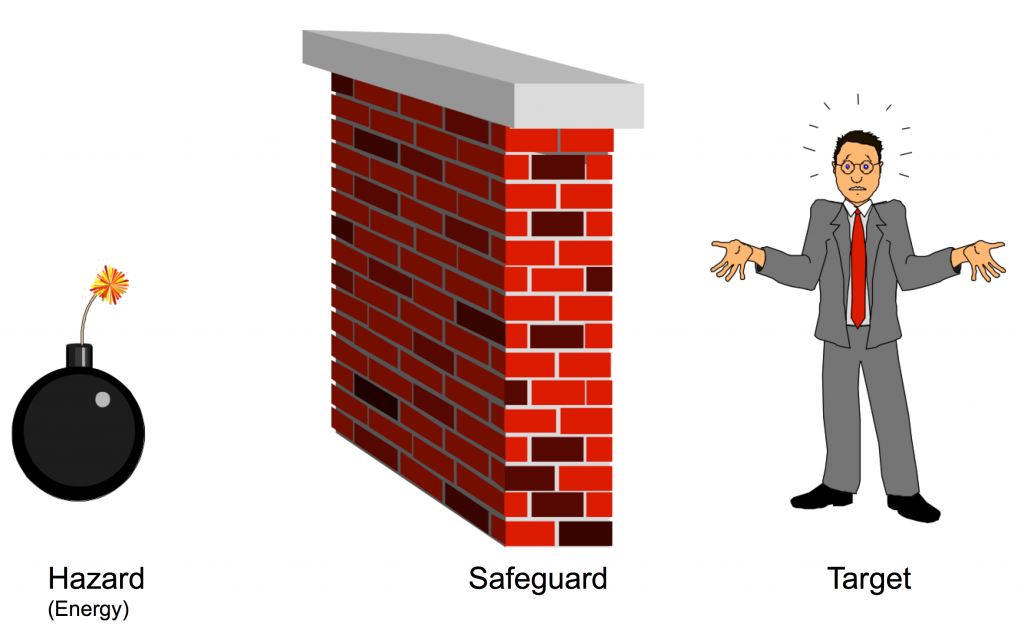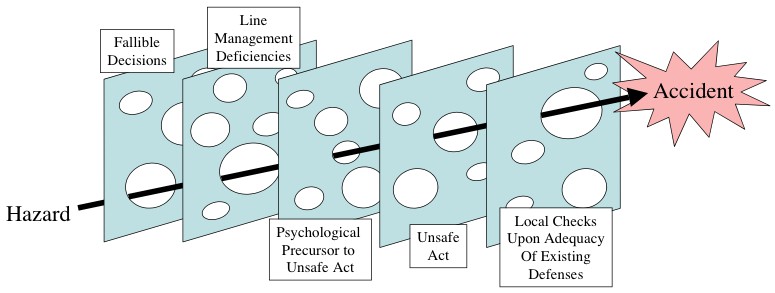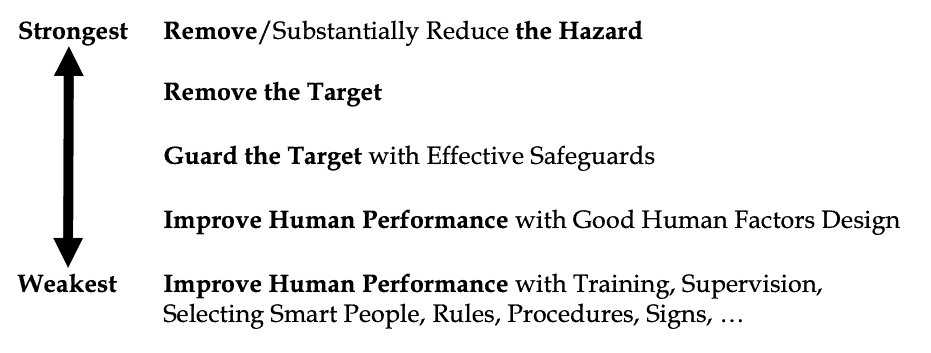Are All Causal Factors/Root Causes Created Equal?

Causal Factor Equality?
Are some Causal Factors more important than others?
Do some root causes require better corrective action than others?
Let’s evaluate 4 important factors to help you decide.

1. What was the Hazard?
The first question to ask is how deadly (or significant) was the Hazard that the Safeguard was protecting against.
For example, a Safeguard that was guarding a potential tripping Hazard on a sidewalk is probably less significant than a Safeguard that is guarding a potentially explosive or toxic chemical.

Dr. Matthew Hallowell has made a science out of evaluating personal hazards using the Hazard Wheel and Energy Theory. You can read about it HERE.

Basically, you evaluate the energy in a hazard and put emphasis on hazards with enough energy to cause a fatality or a serious injury (a SIF). You can read how this can be used in a SIF prevention program HERE.
This process works for most industrial hazards but not for process safety hazards with multiple Safeguards. These are much harder to evaluate.
2. How many Safeguards are there?
Of course, you want defense in depth for serious Hazards. A question that is frequently asked is:
How many Safeguards are enough?
If you have a significant Hazard, you may decide that there needs to be 3 or 4 Safeguards to ensure against a significant accident. You may think the more Safeguards that you have, the less each is worth. But think again. That kind of thinking can cause you to let Safeguards fail in a significant accident. Eventually, there will be one Safeguard and luck between you and a major accident.

The reason you have multiple Safeguards is that you have a major Hazard. Therefore, don’t be talked into multiple Safeguards means they are less valuable Safeguards. Or that because there were multiple failed Safeguards (Causal Factors) each Causal Factor is worth less to fix.
Ensuring each Safeguard is maintained should be a major emphasis to maintain process safety in high-hazard industries. Thus, even though there are multiple Safeguards, each should be treated as vital.
3. How strong is the Safeguard?

You may also be fooled that your strongest Safeguard is the most valuable Safeguard. Thus, fixing a failed strong Safeguard (Causal Factor) is more important than fixing a weak failed Safeguard (Causal Factor).
Here is something to consider …
Have you ever seen an engineered Safeguard fail because of a failed human factors Safeguard?
For example, an interlock doesn’t prevent an accident because the operator bypassed it.

The strong engineered Safeguard was undone by the failure of human performance (bypassing a Safeguard). I’ve seen this cause a fatality.
So, don’t overlook the importance of human performance Safeguards that can cause the failure of engineered Safeguards.
WHAT DID YOU LEARN?
Probably the only real measurement of how important a Safeguard is (or how important a Causal Factor is) is how significant the Hazard is.

Now, what about root causes?
Is one root cause more important than another?
Probably the only way you can rate these is how significant was the Causal Factor. And, as we’ve seen, the only real factor to consider is how significant the Hazard is.
Thus, root causes that protect against major process safety accidents, significant injuries, or Fatalities (SIFs) are probably more important than those that protect against a simple injury or a process upset that could not be more serious.
You should probably focus your proactive improvement efforts on verifying the Safeguards for your biggest Hazards. Make sure they are strong and in place.
What are your biggest Hazards? That’s the topic of a different article (or your own evaluation).
Learn More!
For more about Safeguard Analysis, attend one of our 5-Day TapRooT® Advanced Root Cause Analysis Team Leader Courses.
CLICK HERE to see the upcoming course dates and locations.

(This article was originally published in 2018 but was updated and published again here to help TapRooT® Users consider which incidents, Causal Factors, or root causes they should be most worried about.)



